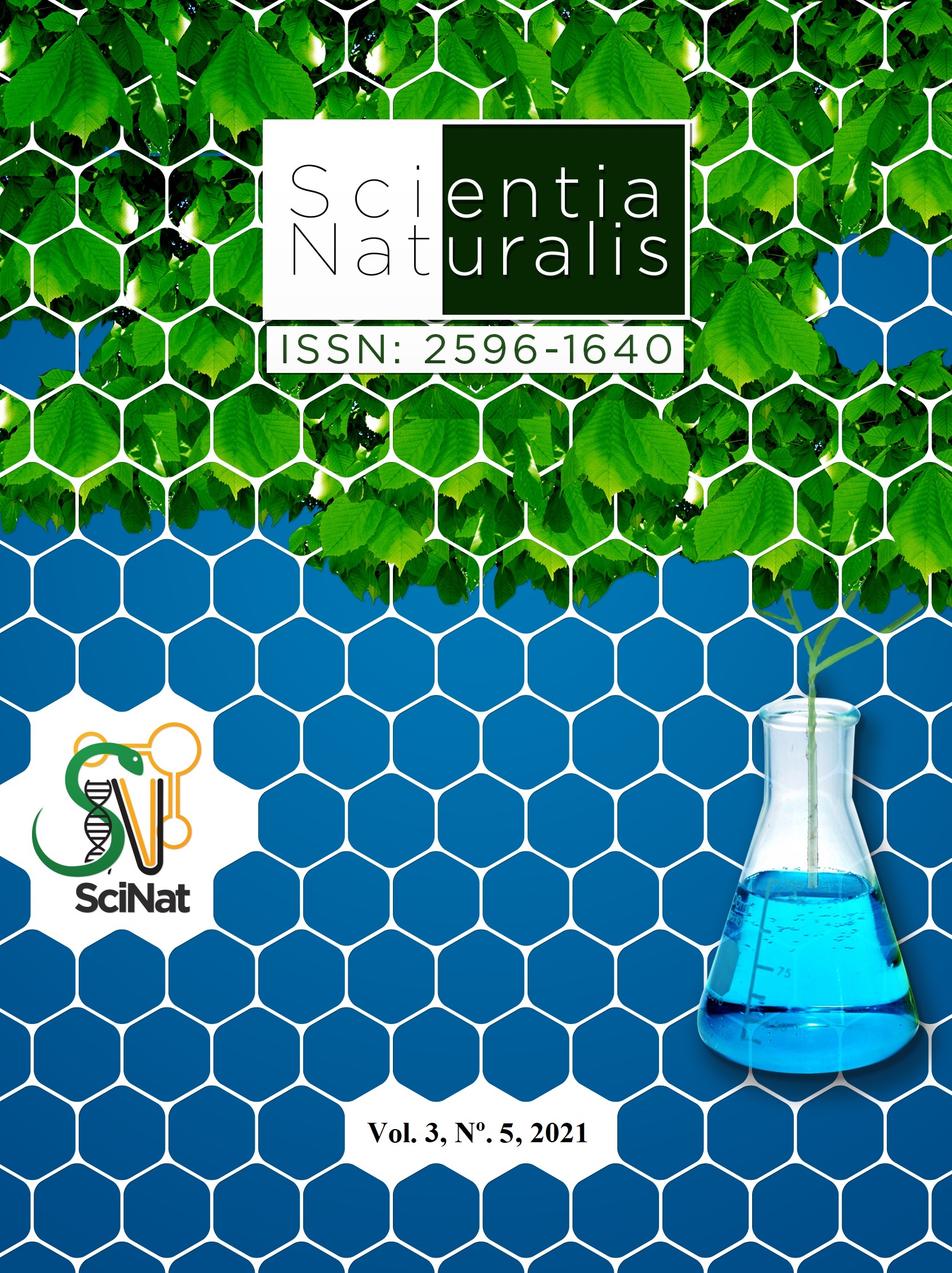Cultivation environment and seedling developed for organic tomato production
DOI:
https://doi.org/10.29327/269504.3.5-19Abstract
The aim of this paper was to evaluate the combination of cultivation environments and tomato seedlings with different development stadium through increasing substrate volume. The experiments were carried out at the Seridó Ecological Site, Rio Branco, Acre. The tomato seedlings grafted on gilo (Solanum gilo), with different development stages, were produced from different substrate volumes: 200 mL, 300 mL, 400 mL, 500 mL and 600 mL. The experiments were all in randomized blocks with four replications of 3 plants each. The variables analyzed were: number of total, commercial and refused fruits per plant, total, commercial and refused fresh fruit mass per plant, total, commercial and broke average fresh fruit mass, and productivity. After the joint analysis, there was no significant effect (p>0.05) for the volume of containers or for the interaction between volume of containers and environment. There was a significant effect between environments in the variables: number of total and commercial fruits, total and commercial fresh fruits mass, total and commercial average fruits mass, and productivity. The cultivation environment in an open greenhouse promoted higher productivity, number of total and commercial fruits, total and commercial fresh fruit mass per plant and total and commercial fresh fruit average mass.




